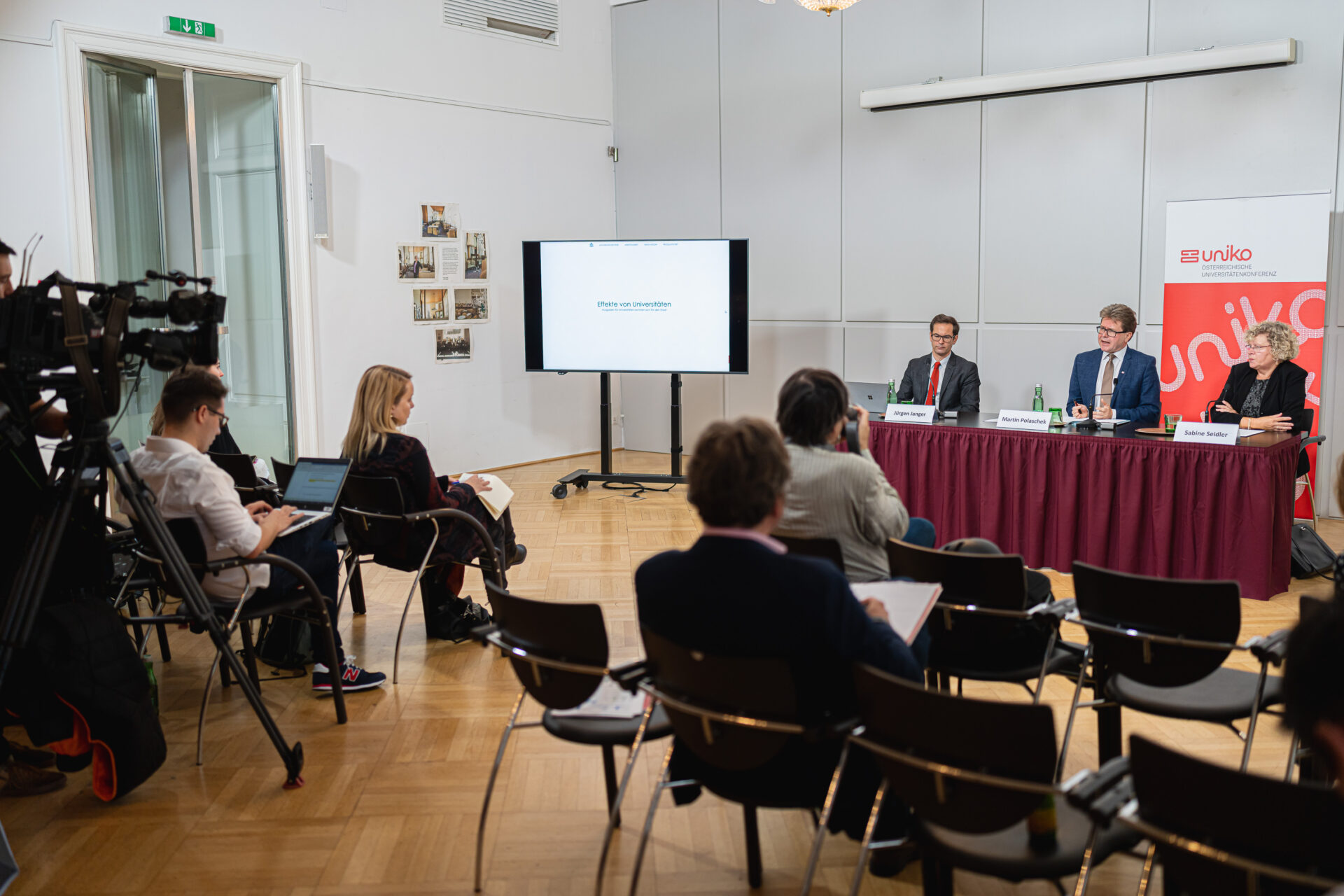
Economic Effects of Universities
Federal spending on universities increased by a quarter to €3.5 billion between 2015 and 2020. An update of a 2017 WIFO study on the economic and societal effects of public universities continues to show high economic effects of the services financed with these expenditures, for graduates, companies, the public sector and society as a whole. Public and private financial returns are clearly positive - the public (€3.9 billion in tax revenues) alone due to demand-side effects resulting from university operations.
However, the demand-side effects of universities should be seen as the tip of an iceberg: The really significant effects, such as the long-term productivity effects of knowledge production and transfer, occur in addition to the aforementioned figures, thus turning the return on public funds much more positive. University research and education account for about 10% of annual real GDP growth. The public return on investment in higher education, calculated from the difference between the cost of universities and colleges and the government revenue returned via taxes on the higher incomes of graduates, is over 7% for men and 5% for women, far above reference interest rates for safe investments (federal bonds are at 0.3%). 81% of all companies cooperating with higher education institutions introduce market novelties - i.e. innovations with a high degree of novelty.
Budget expenditures by the state for universities can thus be regarded as investments that generate more tax revenues in the short to medium term (3 to 5 years) than the initial investments required in terms of tax revenues.
Publications
- Elisabeth Arnold
- Kathrin Hofmann
- Jürgen Janger
- Tim Slickers
- Gerhard Streicher
Please contact
























